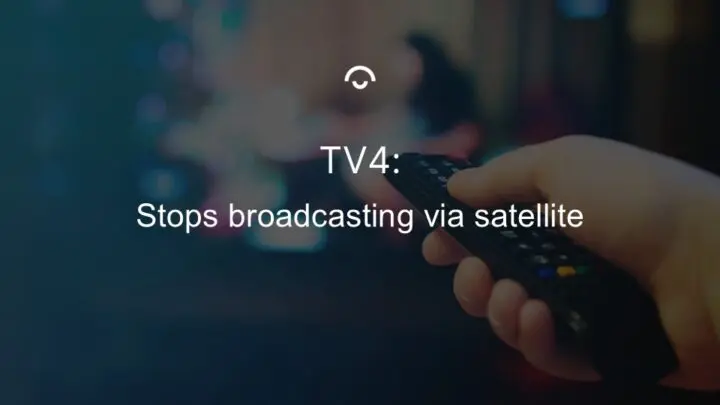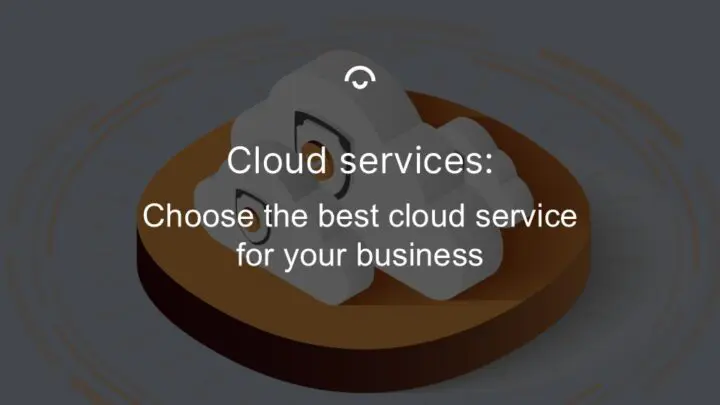Using Platform as a Service allows you to develop and run your applications without having to worry about the infrastructure behind them. What you do need to think about, however, is the IT security of the platform. Which parts of security does the PaaS provider take care of, and which parts do you need to take responsibility for? Here you can learn more about the security tools and methods you can use to protect your projects against threats, so that you can enjoy a secure and efficient PaaS service.
IT security and compliance in Platform as a Service (PaaS)
Platform as a Service (PaaS) has become one of the most popular cloud services because it allows users to develop and run applications without having to worry about the infrastructure. Since the PaaS provider hosts the infrastructure and handles virtually everything related to the platform, you can focus entirely on your projects when using PaaS.
A quick, easy and convenient way to get the right infrastructure for your project. However, it is important to consider the security of the PaaS service. Vulnerabilities can arise if you do not have a good security strategy in place when using a platform as a service. Here's how you can prevent these threats and ensure secure and efficient PaaS usage.
Start with threat modelling in a PaaS environment
The first step towards a robust security strategy for your PaaS environment is to identify potential threats and vulnerabilities so that you can prevent and mitigate risks. In practice, this means looking at your PaaS environment the way an attacker would:
- What resources are valuable?
- Where are the vulnerabilities?
- How can they be attacked?
- What are the attack vectors?
Once you have the answers to these questions, you can find the best tools and methods to strengthen your IT security.
Review critical assets and attack surfaces
Start threat modelling by reviewing critical assets and attack surfaces. For example, APIs, database integrations, authentication systems, network components, and other sensitive points.
Popular threat modelling techniques in PaaS include STRIDE (Spoofing, Tampering, Repudiation, Information Disclosure, Denial of Service, Elevation of Privilege) and DREAD (Damage, Reproducibility, Exploitability, Affected Users, Discoverability). They help you identify and prioritise different types of threats and see where security controls are lacking. This helps you see where security measures such as encryption, access control and monitoring need to be implemented.
Restrict access to information in the PaaS environment
One of the most fundamental security measures in PaaS is to protect your assets. In this case, the information you manage in the platform. This is what hackers see as valuable and want to access. Make it more difficult for attackers by protecting and restricting access to the data you manage.
Here you will find a range of tools and methods to help you:
- Use a Web Application Firewall (WAF) that protects web applications by filtering, monitoring, and blocking malicious HTTP/S traffic between clients and web servers.
- Implement role-based access control (RBAC) that only grants users the permissions required for their role.
- Use multi-factor authentication (MFA) for stronger login protection that reduces the risk of account hijacking.
- Encrypt data both at rest when stored on servers and during transport when you use it. We recommend using a Key Management Service (KMS) to manage encryption keys for even greater security.
- Segment resources and separate services and databases with private networks or VLANs.
Follow regulatory requirements and important guidelines for PaaS
Compliance isn't just a requirement, it's also a great way to make sure you've got the most important security measures in place in your PaaS environment. The most important ones are probably GDPR, which is the EU's data protection regulation, and ISO 27001, which is a global standard for information security.
Both address important points for maintaining high IT security in the PaaS environment. These include encrypting data and restricting access to it, performing risk analyses to identify and prevent security threats, keeping all programmes and infrastructure up to date, and monitoring the platform to quickly detect incidents.
It is important that you, as a user, are clear about your responsibilities and the security responsibilities of the provider. Carefully review PaaS service providers and ensure that you choose one that complies with GDPR and ISO 27001. This way, you know that you are working on your project in a platform that complies with security requirements for encryption, access control, protection against threats and incidents, and other important measures.
Protect your own work in the PaaS environment
Once you know what the PaaS provider is responsible for, it is easier to see what guidelines you can follow to strengthen security when developing your apps and other projects. A good basic guide is OWASP Top 10 for secure application development. It is a list of the ten most common and critical vulnerabilities in web applications. It is constantly updated to remain as relevant as possible and includes security measures that we have already highlighted here, such as encryption and access control.
OWSAP also lists security measures that are more specific to the development phase itself. These include secure code standards and security testing in CI/CD, using security configuration tools such as IaC, and Software Composition Analysis (SCA) to identify vulnerable components. When both you and your PaaS provider follow these rules and guidelines, you can work together to strengthen the security of the platform as much as possible.
Utilise the security features that come with PaaS
Fast and easy development is not the only advantage of platform as a service. PaaS is a package solution that often includes many security features in addition to the infrastructure. It is common for a PaaS solution to include a firewall and gateway for applications, as well as features for authentication, access management and monitoring. These are measures that we have already listed as very important for increasing security in a PaaS environment.
Find out what security features and tools the platform provider offers, how you can benefit from them, and whether you need to activate them yourself. Feel free to ask the provider about:
- What access controls are offered, at what level they operate, and what is required in daily use to secure the applications.
- What type of encryption is available and how it is enabled for each type of workload.
- What integration points exist with other applications or cloud systems, and who is responsible for their security.
- Whether backup and disaster recovery are part of the PaaS service.
It helps you achieve the strongest possible IT security and compliance when using platform as a service for your projects.
How we can help you with cloud services from Binero
At Binero, we have designed our cloud services so that you, the user, get both rapid development and strong security at every stage. Our cloud services are based on our data centre in Vallentuna. The data stored with us is handled exclusively within Sweden. This means that it is subject to Swedish legislation and the GDPR. We also have ISO 27001 certification, which guarantees that we meet the highest standards for information security.
It provides you with strong IT security and secure use of platform as a service, but this is only the foundation of our security strategy. If your project requires even higher IT security, we can also offer a Security Operations Centre (SOC) that monitors your networks in real time to identify, analyse and respond to threats and incidents before you even notice them.
We can also offer security services such as risk analysis and security consulting, on-premises and off-site backup, DDoS protection, real-time protection against unauthorised access and malware, and customised security solutions.
Would you like to learn more about our scalable infrastructure and platform and how it helps you run AI applications efficiently, as well as the IT security that allows you to use them as safely as possible? Contact us and we will help you!


